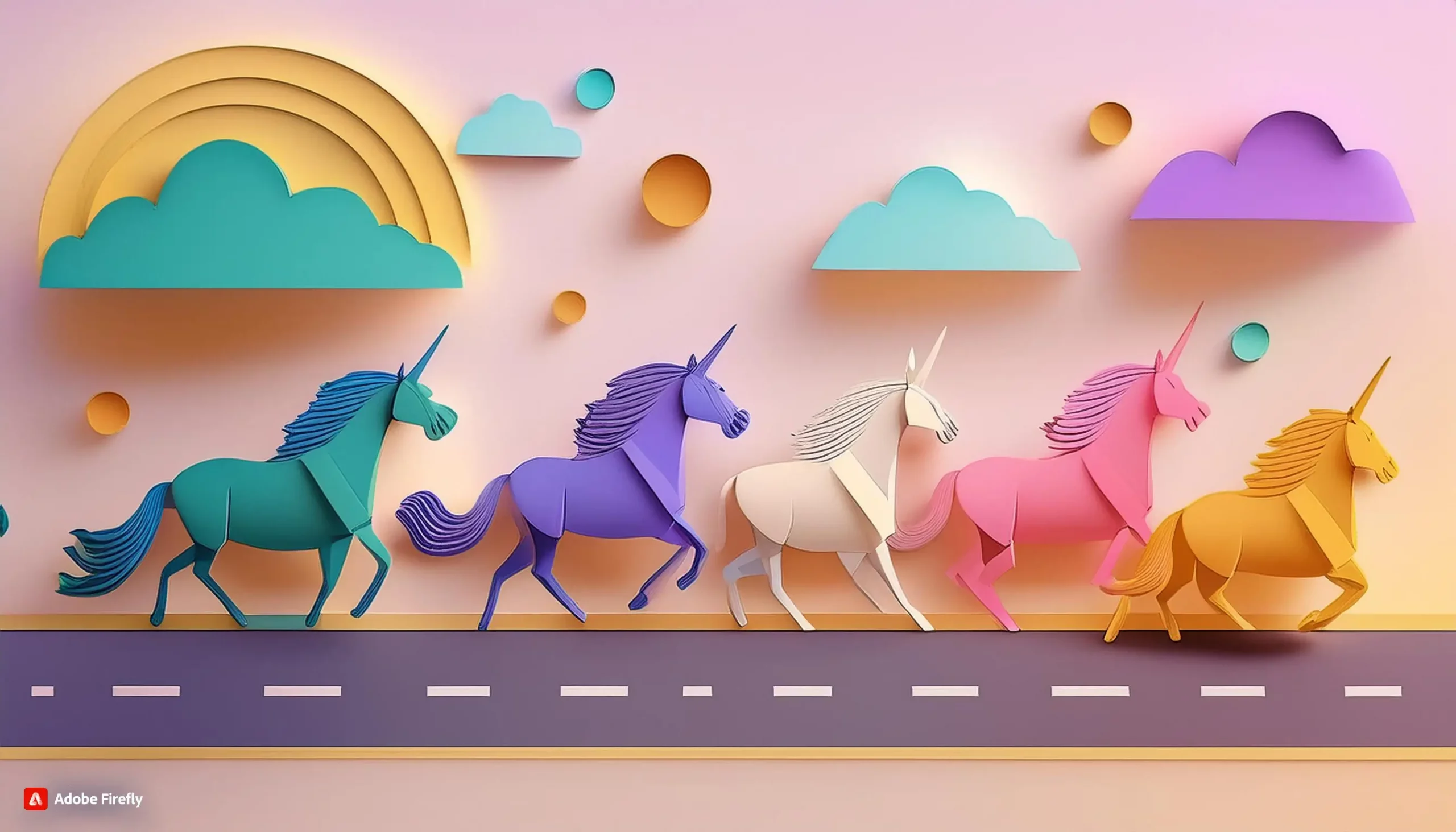Are Minivans Really Safe? (PDF)
When it comes to family vehicles, minivans have long been a popular choice for parents seeking spacious and practical transportation. However, recent safety tests have revealed that modern minivans may not be as safe as many believe, particularly in the second-row seating area where children often sit.

Second-Row Safety Concerns
The Insurance Institute for Highway Safety (IIHS) recently tested four popular minivans—the Chrysler Pacifica, Kia Carnival, Toyota Sienna, and Honda Odyssey—in their updated moderate overlap front crash test. This test now places more emphasis on backseat safety. Unfortunately, none of these minivans earned an acceptable or good rating. The Chrysler Pacifica, Kia Carnival, and Toyota Sienna were rated marginal, while the Honda Odyssey received a poor rating.
Adding to the concern, all but the Toyota Sienna lack seat belt reminders for second-row seats. This is especially troubling given that minivans are specifically chosen for family transportation.
Why Back Seat Safety Matters
IIHS updated its moderate overlap front test after research showed that in newer vehicles, the risk of fatal injury is higher for belted occupants in the second row than for those in the front. This is not because the back seat has become less safe but because the front seat has become significantly safer due to improved airbags and advanced seat belts—features that are often missing in the back.
In the updated test, a second dummy is placed in the second row behind the driver. This dummy represents a small woman or a 12-year-old child, and researchers developed new metrics to focus on common injuries among backseat passengers. To get a good rating, the dummy in the back must not be in too much danger to delicate body parts, such as the head, neck, or thigh. It should remain properly positioned during the crash without “submarining,” where the occupant slides forward beneath the lap belt, increasing the risk of abdominal injuries. The head must stay a safe distance from the front seatback and other interior parts of the vehicle, and the shoulder belt should remain on the shoulder.
Minivans Under Scrutiny
Despite providing good protection in the front seat, all four minivans tested failed to ensure adequate safety for second-row passengers. Each vehicle had multiple issues:
- Chrysler Pacifica: The seat belt exerted too much force on the dummy’s chest, and the side curtain airbag failed to deploy.
- Kia Carnival: The seat belt also exerted excessive force on the dummy’s chest, and there were higher forces on the neck, increasing the risk of head or neck injury.
- Toyota Sienna: While equipped with belt pre-tensioners and force limiters, the rear dummy submarined beneath the lap belt, and the shoulder belt migrated off the shoulder towards the dummy’s neck.
- Honda Odyssey: Rated poor due to higher forces on the head and neck, and the rear seat belt allowed the dummy’s head to come too close to the front seatback, posing a significant risk of head injuries.
The Importance of Seat Belt Reminders
Another overlooked safety feature is the seat belt reminder chime, particularly for rear-seat passengers. Federal regulations currently mandate seat belt reminders only for the driver’s seat. This oversight is concerning, especially since more than a third of 4-12-year-old children killed in crashes were unrestrained. Research indicates that longer or indefinite reminders could increase seat belt use by over 30%.
Conclusion
While minivans from Toyota, Honda, Kia, and Chrysler still play a crucial role in family transportation, their second-row safety leaves much to be desired. The IIHS’s latest crash test results highlight the urgent need for manufacturers to improve safety features in the back seat, ensuring that all passengers, especially children, are adequately protected. As the modern minivan market evolves, these safety improvements will be vital for maintaining consumer trust and ensuring the well-being of families on the road.
What Can Drivers Expect from Minivan Safety in 2024?
Minivan safety is set to see several advancements in 2024, addressing previous shortcomings and incorporating the latest in automotive technology. Here’s what drivers can anticipate regarding minivan safety this year:
- Enhanced Back Seat Safety
- Advanced Airbag Systems
- Improved Crash Test Ratings
- Seat Belt Reminders for All Rows
- Advanced Driver Assistance Systems (ADAS)
- Enhanced Structural Integrity
- Child Safety Features
- Connectivity and Emergency Response
- Eco-Friendly Safety Technologies
Check out this other article about driving safely: Why You Should Never Drive Into Floodwaters




